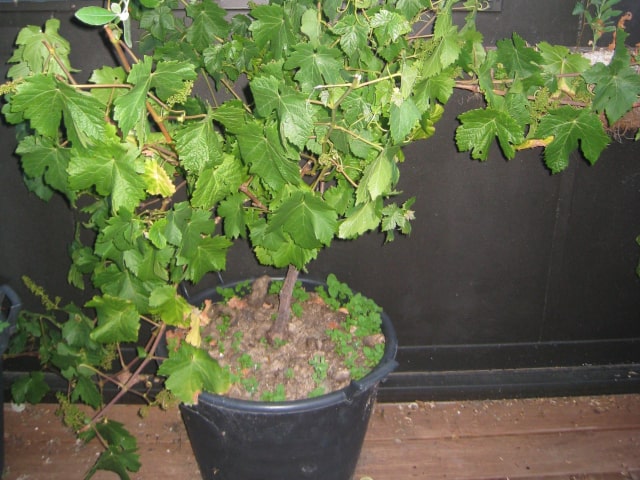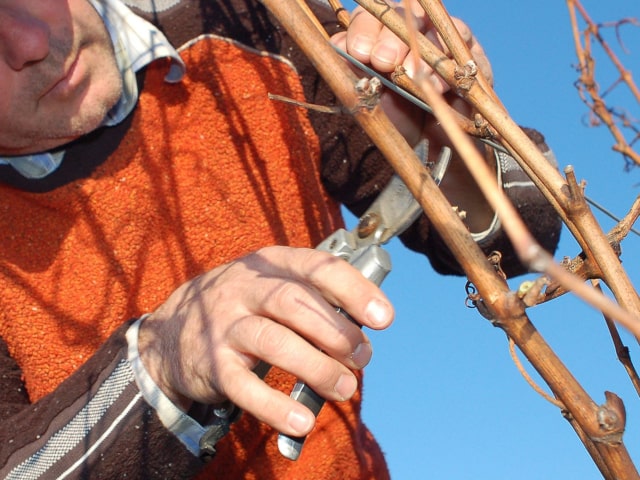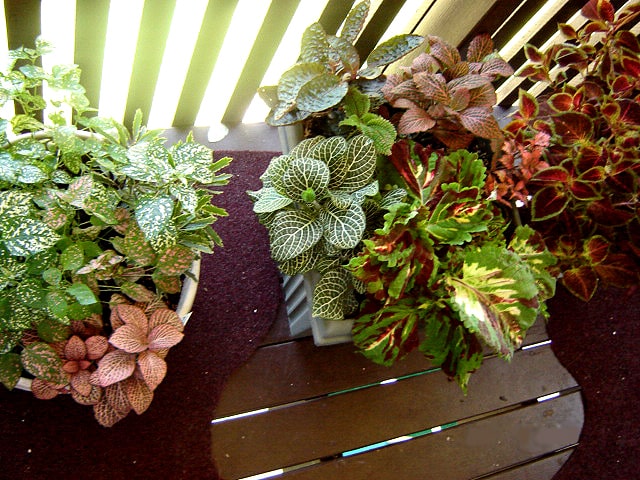
Many people want to grow their own grapes in the garden, but they don't necessarily have the space needed. The good news is that you don't really need a lot of space for the grapes, as long as you choose to grow them in a container. While many people think it's not possible, growing grapevines in a container is a great way to enjoy grapes even if you don't have a large garden.
Grapes in a Container?
Growing your grapes in a container is surprisingly easy and it's very rewarding. Before you start, however, you need to plan a few things so you can organize everything without a problem. Another thing to keep in mind is to always observe your growing plant or else it can grow wildly and get out of control, which is not something you want to happen.
One thing you need to know about grapevines is that they are very hardy perennial plants. They grow nicely in a container, so you don't have to worry about that. They are not overly sensitive: they will tolerate a small dry spell and they will even do well in a relatively bad soil.
Another thing to remember is that grapevines can be trained to take very little space. This is why container growing is not a problem for them.
Not to mention that grapevines can be used as a natural barrier against sun so they can provide some extra roof in a pergola. Plus, let's not forget that grapes are delicious fruits the whole family can enjoy.
Keep in mind that new grapevines usually take some time to give fruit. So in case you want to grow one, be patient and take a good care of it. It will reward you eventually. Grapes usually give fruit on second year wood. It means that the new branches that grow one season will be the ones giving fruit the next season.
Another thing to keep in mind is to find an appropriate place to grow your grapevine. It's best to pick a place with full sun. Lots of sun helps the grapevine and makes it produce more fruit.
Choosing the Grapevine
When you start considering grape vines to grow, you will find that there are actually hundreds of varieties of grapevines to choose from. Certain ones are more suitable to specific climates, so that's one thing you need to keep in mind. With so many different varieties to choose from, you will sure find one (or more than one!) that suits your needs and climate perfectly.
It's important to pick the grapevine that is adapted for your climate. This way, your plant will have a better chance of survival and it will produce a nice growth.
To choose a variety that is best suited for your needs, it's important to know what you truly want. Do you simply want to eat fruit or do you also want a grapevine with rich leaves? How will you use the fruit? Do you have preferences for red or green grapes? These are some of the questions you should ask yourself before you choose a variety.
Once you know exactly what you want to do with your grapevine and how you want to use the grapes it produces, you can go to a garden center or a local nursery and ask for a variety that matches your description and needed qualities. Alternatively, you may perform an online search for the best variety for your needs.
Before you buy your grapevine, keep in mind that the best time to purchase it is autumn, right after the harvests. This will give your plant enough time to grow its roots and get properly established in a container before the dormant period starts.
Materials
To grow grapevines in a container properly, you will need:
- Your chosen grapevine
- A good planter
- Quality soil
- Mulch
- Support stalks
Planting
The first thing you need to do is to actually plant your grapevine in a pot or a chosen container. To plant the vine properly, you need a good layer of drainage for the container and some quality, rich black soil. While grapes can survive in a bad soil, they need quality soil to thrive, so it's something to keep in mind.
When you are planting, make sure to separate the roots. Give your grapevine a chance to stretch its roots. This will help it develop the roots more easily and make it settle quickly in its new home.
Don't forget to add a layer of mulch. This will keep the weeds away and also keep the temperature of the pot well-balanced.
Initial Pruning
After you have planted the vine keep it growing freely until the first season ends. You need to do this in order to allow your grapevine to grow strong roots and get properly established in the container. In case you got the vine early in the season it may seem a bit messy because it will develop a lot of new growth. If this happens, you can do a small, initial pruning in the summer to keep new growth small.
When the winter comes the grapevine will drop its leaves and enter a dormant state. This is when it needs less resources, so it's important not to overwater it.
Late in winter, after the big frost but before the vine starts growing again, you should do the first big pruning. The best way to do it is to make a diagonal cut away of the bud, just a bit over the same. You may also cut right into the middle of the joints of the cane. This method can work very well, but you have to be careful not to damage the bud, which is not always easy.
The goal behind the pruning is to trim your plant so only the two lower, healthy buds remain. You will recognize the bud as a small protrusion growing out of the trunk. This is where the new branches will grow.
The goal here is to trim your plant so only the two lower healthy buds remain. The bud is a small protrusion growing out of the trunk. It looks a bit like a mole or a small pimple growing from the bark. From these is where the new branches will grow.
Photo credit: Nikita Kashner




1 Comments
Please someone let me know, do I need to water my potted grapevines during winter time like summer time?
Thanks, Minh